Samsung Galaxy Note 20 enhanced PC back cover mobile phone released, plastic or can fight the high-end market again?
Date:
2020-11-02
On August 5, at the Unpacked 2020 conference, Samsung released five new products including the Galaxy Note 20 series, Galaxy Buds Live, Watch 3 and
On August 5, at the Unpacked 2020 conference, Samsung released five new products including the Galaxy Note 20 series, Galaxy Buds Live, Watch 3 and
● Galaxy Note 20 Ultra in black, white and copper;
● The Galaxy Note 20 comes in bronze as well as green and grey;
● Galaxy Z Fold flexible folding screen mobile phone, all support 5G network.
Among them, the Galaxy Note 20 and Note 20 Ultra have the same Snapdragon 865 Plus processor, but there are big differences in the screen and even the back cover material.
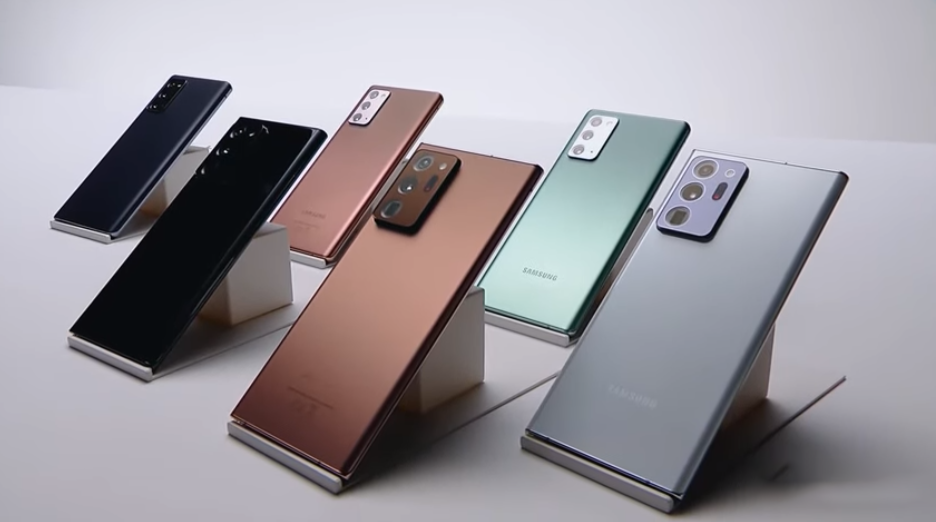
Figure Galaxy Note 20 series new YouTube video screenshot
Samsung said at the Unpacked event that the Note 20 Ultra has a Gorilla Glass cover that has been etched, while the back cover of the flagship Galaxy Note 20 is not glass, but plastic - reinforced Polycarbonate.
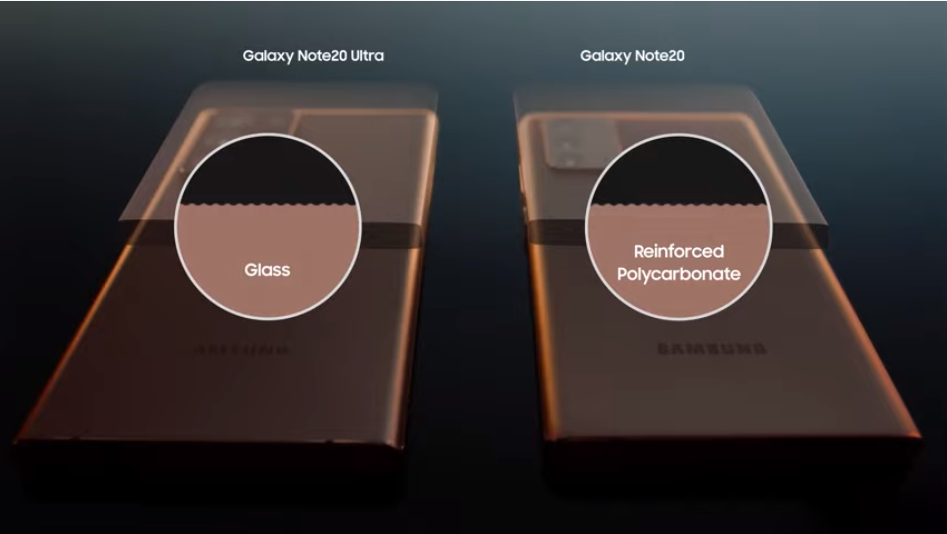
Screenshot of YouTube video (via Samsung)
A bold attempt, the plastic back cover is used for the flagship machine for the first time in several years
Due to the limited texture of the plastic material itself, starting from the 4G era, the back covers of flagship/high-end models of various brands are basically metal to 3D glass and ceramics. Of course, metals in the 5G era have been cast aside for their electromagnetic shielding properties. But anyway, the plastic back cover was expelled from the high-end mobile phone market long before the metal. Samsung's flagship Galaxy Note 20, which starts at 999 euros, has a plastic back cover. It can be said to be the first and most daring attempt in recent years.
Galaxy Note 20 4G starts at 999 euros (about 8231 yuan) 5G version is priced at 1099 euros (about 9055 yuan)
Note 20 Ultra 5G starts at 1,349 euros (about 11,100 yuan)
Of course, don't be in a hurry to get angry at Samsung. First of all, in terms of pricing, compared with the Note 20 Ultra with a plastic back cover and the Note 20 Ultra with a glass back cover, the high-priced models still use 3D glass, and the glass with obviously better texture has more added value. Secondly, the plastic back cover of the mobile phone is not useless. In addition to the poor texture, the plastic is light in weight and has excellent drop resistance. Therefore, the focus of this Samsung flagship release may be: how the enhanced polycarbonate of Note 20 can enhance its sense of luxury through material or process improvement, and finally match its price of 999 euros.
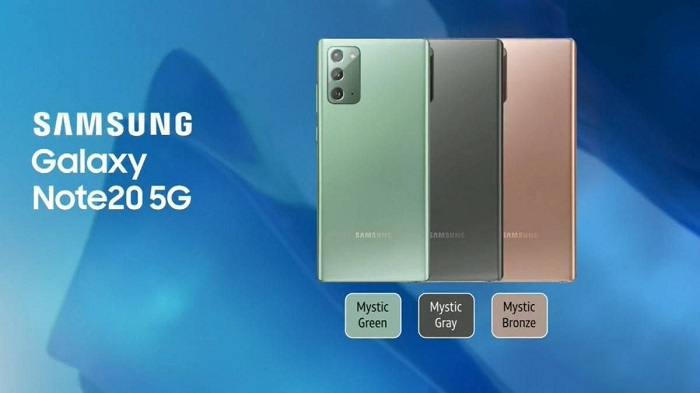
Figure Galaxy Note 20 5G from the Internet
In fact, Samsung product designer Dong Hub Kim once said in April 2014 when promoting the Galaxy S5 that its main goal was "the usability of a more user-friendly and friendly design", and the explanation at that time may be applicable to the Galaxy Note 20:
"
We wanted to bring a more pleasant feeling, like a better grip. The texture of plastic is warmer, and if metal is used, the design can be more bulky and icy.
Polycarbonate material is also the best solution in terms of visual and volume expression, we believe that users will like this warm and friendly feeling, and it symbolizes a better design concept.
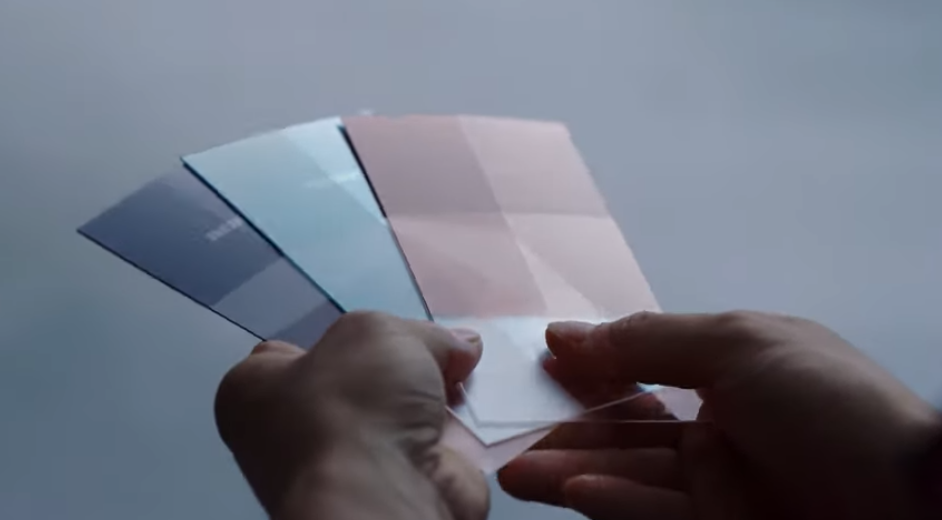
Screenshot of YouTube video (via Samsung)
New technology and new materials enhance the sense of luxury. Does this bring new opportunities for the plastic back cover of 5G mobile phones?
Samsung's first attempt to use a plastic back cover on a high-end model, after all, it is a big step over the plastic back cover, which has caused a lot of controversy in the market. Whether the "retro style" of the mobile phone industry can really blow up, the key to making the plastic back cover of mobile phones fight again in the high-end market may lie in the new technology in recent years.
In recent years, the glass-like plastic back cover technology has been extremely close to glass in appearance. Of course, the key to improving the texture is the touch of the material itself. The major manufacturers that have never given up on improving the quality of plastic back covers have actually developed some targeted materials: such as glass-like polymer alloys; ceramic-like polymer composite materials; metal replacement HMD composite materials.
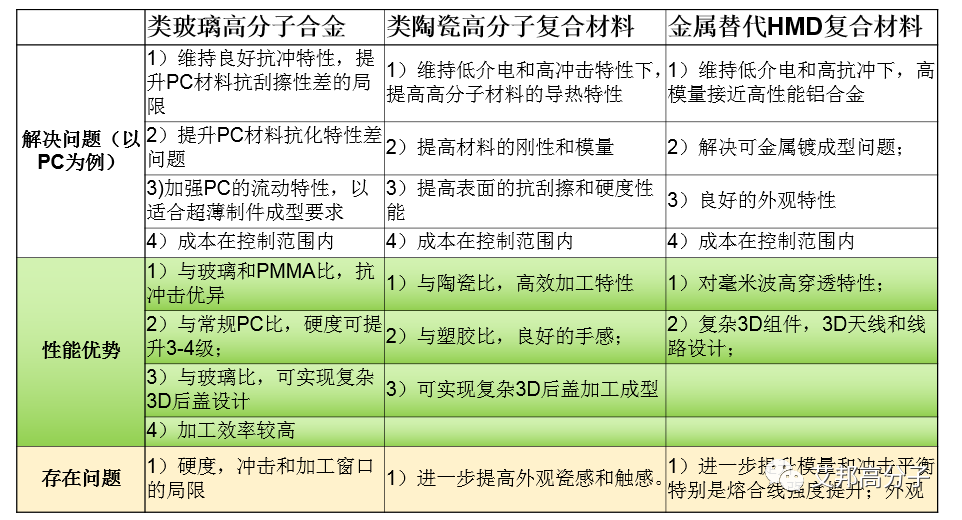
Speech sharing from Sobeide at the 4th Mobile Phone Plastic Case Forum
With the continuous maturity of new technologies such as injection-molded glass, composite sheet, and IMT, the texture of the plastic back cover of mobile phones is also improving step by step. From the material, processing to the final appearance of the finished product, we can see from the previous comparison chart that the plastic back cover of the Galaxy Note 20 can basically achieve the same look and feel as the matte glass, even in terms of product design freedom and weight, more advantageous.
The Galaxy Note 20 back features reinforced Polycarbonate, which is lightweight, shatter-resistant, and cost-controlled replacement. Driven by the plastic back cover of the Galaxy Note 20, the plastic back cover with the above advantages may once again have the power to fight in the field of 5G flagship machines.

